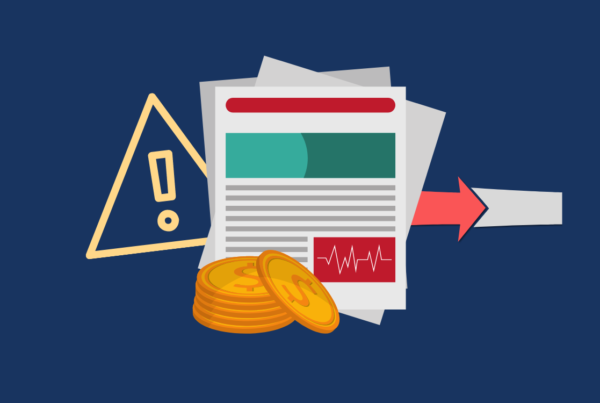Thanks to NLP, computers are helping us solve the biggest challenges in regulatory compliance through their ability to scan, group, structure, and analyze massive amounts of data quickly and efficiently.
When you were very young, your first words may have been “mama” or “dada.” In school, you grew your vocabulary and learned how words relate to each other (what to say). Then you learned grammar (how to say things). Eventually you developed a mastery over the nuances of language that enable you to understand and communicate complex ideas.
For many reasons, we want computers to understand natural human language.
Natural language processing (NLP), then, is the discipline of computer science that deals with teaching computers to understand natural human language — to grasp its peculiarities, interpret what we mean when we’re being vague, understand a range of human voices, and to recognize, group, and structure words and phrases by using context clues, like humans would.
When you ask Alexa in the morning whether it’s going to rain, “her” ability to comprehend and respond is a product of NLP.
When Google autofills your search query (sometimes with hilarious results), that’s a product of NLP.
Ever send a voice text message in the car? That’s NLP too.
Not surprisingly, the use of creative language to describe unexpected relationships, such as metaphors, is tough to parse. Sarcasm and irony are things most teenagers around the world have mastered, but not computers. Humor remains difficult to understand and interpret, especially across cultures, but the work continues, and progress is being made.
Computers are learning to understand abstract relationships and interpret evolving language. Gmail can predict with impressive intuitiveness what the end of your sentence will be as you’re typing it. Programs can detect the sentiment of Yelp reviews. New mobile apps can transcribe speech to text (and distinguish between different voices). At this moment, data scientists somewhere are probably trying to code an explanation for why love is like a red, red rose, and someone is no doubt teaching a computer program how to tell a joke.
However, the true value of using computers for language-related needs lies in their ability to process much more data much faster than a human ever could.
Thanks to NLP, computers are helping us solve the biggest challenges in regulatory compliance through their ability to scan, group, structure, and analyze massive amounts of data quickly and efficiently.
Let’s say we wanted to read and review regulation related to benchmarking in a specific region over the last 25 years. Even the most diligent and ambitious law intern may find her eyes glazed over by the hundredth page. Thing is, this job doesn’t need a human brain to read all those published regulations, looking for the word “education” and the name of a country.
Instead, a computer program can be tasked with finding the instances that contain a specific set of terms in relationship to each other, and noting those for further analysis. That’s where the human can take over and do what he or she does best — the critical thinking needed to reach a conclusion about the data.
When it comes to regulatory compliance, the pace, scale, and complexity of change is daunting.
Global financial regulation is a global, interconnected beast, and those in the field who are tasked with roping and taming this bucking bronco are not infrequently dragged through the dirt by their chaps. Just reading and studying regulatory text may take an entire team or an army of lawyers, and many times the one question leadership wants answered is simply, “Tell me what we need to comply with, and when.”
That’s why we use technologies like NLP to rapidly analyze millions of lines of text so that people don’t have to.
Combined with other AI technologies like machine learning, NLP helps us understand each customer’s specific business requirements and then map the proper regulatory obligations to that customer. Armed with this technology, risk and compliance officers know their exact regulatory obligations and which rule changes apply to their business, without the hours of researching online, reading, and analyzing.
Enjoy this article? Subscribe to receive fresh thoughts on RegTech and other helpful insights for compliance professionals.
Subscribe
Ascent helps financial services firms identify their regulatory obligations and keep them updated as rules change. Our targeted regulatory intelligence helps you avoid fines and reduce risk, while lowering your overall cost to comply. Learn more.







